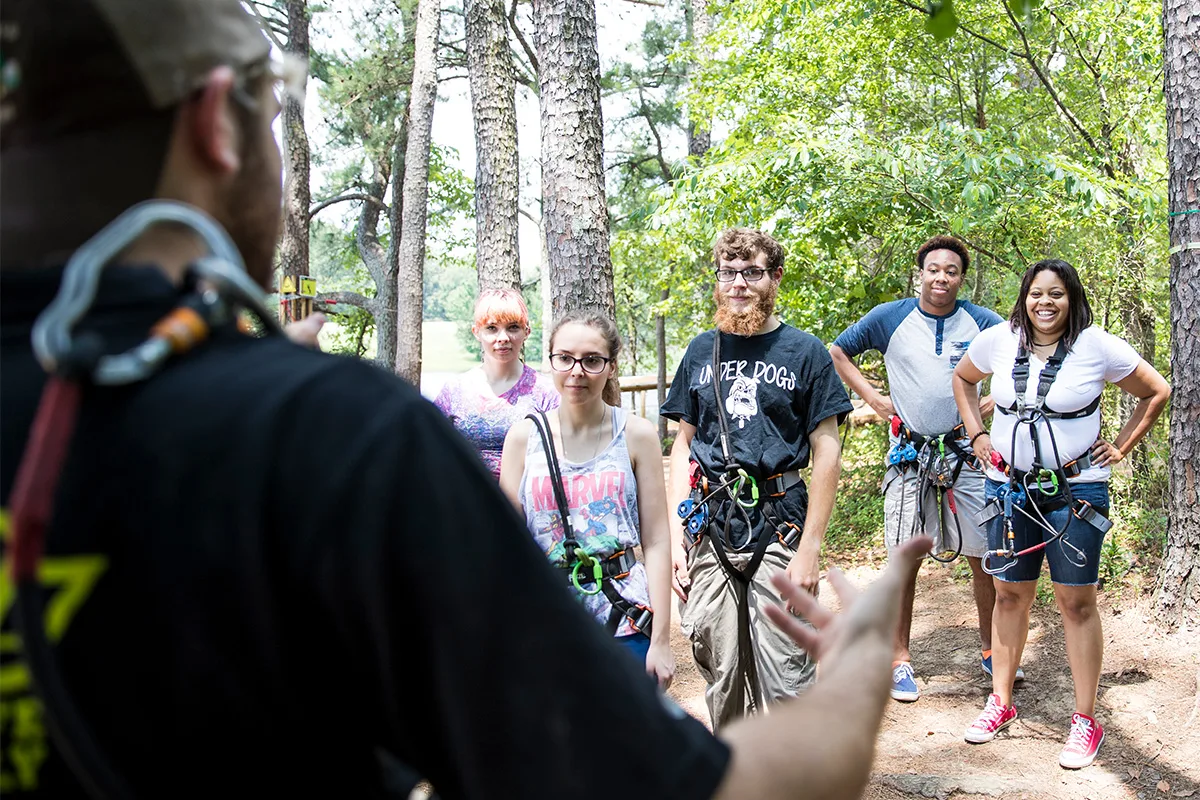Adventure tourism has become one of the fastest-growing segments of global travel a movement defined by thrill seekers, explorers, and travelers eager to step outside their comfort zones. From scaling mountain peaks and diving into coral reefs to paragliding over canyons and trekking through dense jungles, adventure tourism offers more than excitement; it provides a deep sense of discovery and connection with nature.
However, as the demand for high adrenaline experiences grows, so does the responsibility to ensure safety, sustainability, and ethical standards. Adventure tourism today is about more than daring exploits it’s about pushing boundaries safely, where adventure meets awareness and thrill meets responsibility.
The Rise of Adventure Tourism
In recent years, adventure tourism has evolved from a niche market into a major pillar of the global travel industry. According to the Adventure Travel Trade Association (ATTA), this sector is valued at over $800 billion and continues to expand as travelers seek authentic, challenging, and transformative experiences.
Modern adventurers are not only looking for adrenaline; they want meaning. They crave journeys that blend physical activity with cultural immersion, personal growth, and environmental consciousness. This shift has led to the rise of experiences such as eco-trekking in Nepal, sandboarding in Namibia, kayaking in Croatia, and zip lining through African rainforests all designed to test limits while connecting participants to the natural world.
What Defines Adventure Tourism?
Adventure tourism typically involves activities that include at least two of the following three elements:
- Physical Activity – Hiking, rafting, cycling, diving, climbing, or skiing.
- Natural Environment – Engagement with outdoor or remote natural settings.
- Cultural Exchange – Interaction with local communities and traditions.
There are two main categories:
- Soft Adventure – Low-risk activities such as hiking, bird watching, or snorkeling.
- Hard Adventure – High-risk pursuits such as mountain climbing, skydiving, or white-water rafting.
While the degree of risk varies, safety management, professional guidance, and environmental respect are essential to all forms of adventure tourism.
The Psychology of Adventure
Why do people chase adventure? The answer lies in human psychology. Adventure tourism appeals to the innate desire for challenge, novelty, and self-discovery. Facing uncertainty whether climbing Kilimanjaro or diving with sharks triggers adrenaline and endorphins, creating powerful emotional experiences that boost confidence and resilience.
Moreover, in an age dominated by digital screens and urban routines, adventure travel provides a return to nature and authenticity. It encourages mindfulness, teamwork, and problem solving while building a deeper appreciation for the planet.
Safety: The Core of Responsible Adventure
As thrilling as adventure tourism may be, it inherently involves risk. The difference between a life changing experience and a life-threatening one often depends on preparation, professionalism, and regulation.
Key safety principles in adventure tourism include:
- Qualified Guides and Training – Licensed, experienced guides are essential. They provide not only technical expertise but also emergency response knowledge and environmental education.
- Risk Assessment and Management – Operators must conduct comprehensive safety audits, equipment checks, and route planning.
- Insurance and Legal Compliance – Adequate coverage for both travelers and operators protects against unforeseen events.
- Emergency Preparedness – From first-aid kits to evacuation plans, safety infrastructure should be non-negotiable.
- Participant Education – Travelers must be briefed on safety protocols, environmental ethics, and personal limits before engaging in activities.
Destinations that take safety seriously such as New Zealand, Switzerland, and Costa Rica have become global benchmarks for responsible adventure tourism.
Balancing Thrill and Sustainability
Adventure tourism thrives in some of the world’s most fragile ecosystems mountains, rivers, deserts, and marine environments. Without careful management, these landscapes can suffer from pollution, erosion, and wildlife disruption.
Sustainable adventure tourism emphasizes:
- Low-impact travel (Leave No Trace principles)
- Community participation in tourism planning
- Environmental conservation through education and funding
- Support for local economies via local guides, accommodation, and services
For example, Nepal’s eco-trekking industry funds reforestation projects, while Zambia’s rafting tours contribute a percentage of profits to wildlife conservation. Such models prove that adventure and environmental responsibility can coexist harmoniously.
The Role of Technology in Safety and Exploration
Technology has transformed adventure tourism, making it both safer and more accessible. GPS tracking, drone mapping, weather monitoring apps, and real-time communication tools allow for smarter expedition planning and faster emergency response.
Wearable devices and mobile applications also help track performance and health metrics, while virtual reality (VR) enables adventurers to preview routes or train for challenging terrains before embarking.
However, technology should enhance not replace human skill, intuition, and respect for nature. The real spirit of adventure lies in the balance between innovation and instinct.
Case Studies: Safe and Sustainable Adventure Destinations
- New Zealand – Known as the “Adventure Capital of the World,” New Zealand sets global safety standards with strict operator licensing, regular inspections, and environmental codes of conduct.
- Costa Rica – Pioneered sustainable adventure through canopy tours, volcanic hikes, and wildlife experiences that fund conservation and local communities.
- South Africa – Offers a mix of extreme and soft adventures from bungee jumping at Bloukrans Bridge to shark cage diving all under professional regulation.
- Morocco – Combines adventure with cultural immersion through desert treks, mountain biking, and Berber village homestays that empower local economies.
These destinations showcase how adventure can be thrilling yet responsible, ensuring that natural wonders remain preserved for future explorers.
Challenges Facing the Adventure Tourism Industry
Despite its growth, adventure tourism faces several challenges:
- Lack of standardized regulations in developing destinations.
- Climate change, which alters landscapes and increases risk.
- Cultural insensitivity, where local traditions are overlooked in favor of tourist expectations.
- Accidents and negative publicity, which can damage reputations and deter travelers.
Addressing these issues requires collaboration between governments, tour operators, and international organizations to develop global safety guidelines, training programs, and sustainability policies.
The Future of Adventure Tourism
The future of adventure travel is guided by three key principles: safety, sustainability, and inclusivity. As travelers become more conscious of their impact, they seek adventures that respect nature and empower local communities.
Emerging trends include:
- Regenerative travel, where adventurers leave destinations better than they found them.
- Micro-adventures, offering accessible thrills within local or regional environments.
- Adaptive adventure tourism, creating opportunities for people with disabilities to experience the outdoors.
- Climate-conscious expeditions, minimizing carbon footprints through eco-friendly transport and gear.
The next generation of adventurers will not only climb mountains they will also help protect them.
Conclusion
Adventure tourism captures the essence of human curiosity our desire to explore, challenge limits, and find meaning beyond comfort. Yet, true adventure is not defined by danger or difficulty; it’s measured by how responsibly we engage with the world.
By embracing safety, sustainability, and ethical practices, the industry can ensure that every leap, dive, and climb enriches both the traveler and the planet.
After all, the greatest adventure lies not in conquering nature, but in learning to coexist with it courageously, consciously, and safely.






